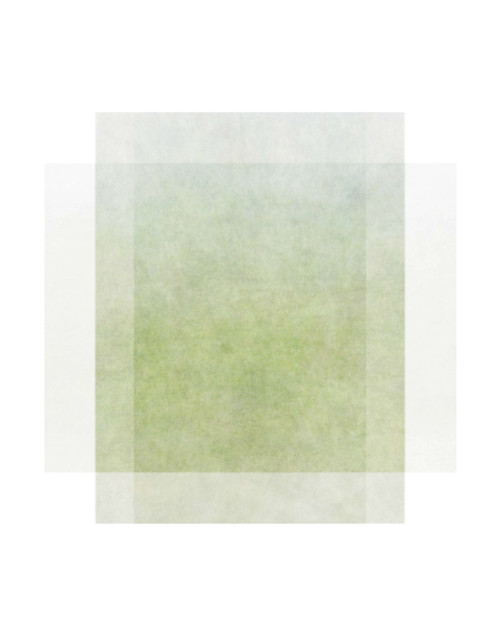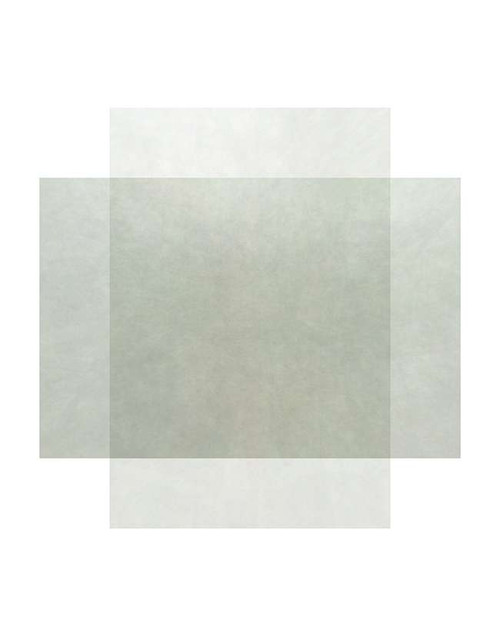Alice Raymond
 Like a walk among the mountains, it is for us to spot the signs of the landscape, to remain vigilant in the direction of the wind, to know how to follow the rhythm of the days despite our impatience for the dream panorama that the climb promises us. Recently, a global fracture forced us to take a closer look. A wall for some, a chasm for others, the fact remains that an obstacle must be crossed, and that it offers us the opportunity to look in other directions.
Like a walk among the mountains, it is for us to spot the signs of the landscape, to remain vigilant in the direction of the wind, to know how to follow the rhythm of the days despite our impatience for the dream panorama that the climb promises us. Recently, a global fracture forced us to take a closer look. A wall for some, a chasm for others, the fact remains that an obstacle must be crossed, and that it offers us the opportunity to look in other directions.
Artist Alice Raymond looks for the artistic means to get around her impediments: inaccessible visas, canceled flights, mailing with uncertain deadlines. In the year 20-20, with a name as a duplication, Raymond was pushed to think “the same, but different”: locally, effectively, with confidence in others; exchange and share a better place in the artistic world. With her exhibition Earth, Raymond offered us a pictorial immersion in her making of territory, with matrices and projections, giving the visitor the rare opportunity to travel a bit with her. The idea came to her with the memory of a David Hockney opening, during which she was able to find herself alone in the exhibition space while all the guests were sharing a drink at the reception … It was like a dream, an imaginary walk with the old man.
Raymond continues to collects words and translate them into geometrical drawings in a sketchbook she calls her "encyclopedia". This method allows her to represent the same word but spelled in various languages, thus taking on different shapes. When a shape coincides with the meaning of the chosen word, she often paints it on an unstretched canvas that can be rolled or folded like a map. The final visual result evokes the vocabulary of an abstract landscape, but more than that, her linguistic paintings represent an attempt to frame the intricacies of translation and to map new personal territories.
Born in the Paris region, Raymond grew up in Germany, then lived in Sweden before settling in the United States (Miami and San Francisco). After training at the Ecole des Beaux-Arts (painting & sculpture) and at the University of Visual Arts in Bordeaux, she became an Associate of Visual Arts and completed her interest in language, signs, and their transmission with a Master in Language Science in Grenoble. As a result of her travels, she became interested in maps and how to represent her daily confrontation with other languages. When she arrived in the U.S., Raymond created her own codified language, turning a word into a specific shape. Raymond's abstract and geometrical shapes define new territories, like intimate maps connecting form, aesthetic, and semantics.
Like her travels, Raymond creates artwork that interprets the processes of observation and adaptation to a space. The exploration of new territories takes shape in personal cartography, representing the impact of places and the perception of the environment from a physical, social, and temporal point of view. In this sense, she is interested in the concept of the Anthropocene and searches for possible signs forgotten in the landscapes which would help to a better understanding of the world. In an approach that is both methodical and playful, she tries to develop a visual vocabulary that bears witness to this.
Her research addresses issues of displacement, migration, habitat, ecology, and language through codification methods. Her artwork expresses itself in a wide range of techniques and explores essentially abstract artistic expressions with installations and participatory proposals that carry collective ideas, documentary photographs and drawings, paintings, and sculptures that she describes as linguistic documents.
Raymond’s artwork is presented in galleries and art centers in the United States and Europe, including the Museum of Contemporary Art in North Miami, the Institute of Contemporary Art (ICA) in San Jose, and has developed during residencies like AIRIE (Artists In Residence In Everglades). As an AIRIE Fellow, Raymond used her vocabulary of maps to represent visitors' perspectives on the Everglades National Park. She is in public collections in both countries (Frac Nouvelle-Aquitaine, Artothèque de Pessac, AIRIE Everglades NPS, Miami Dade Public Library).
![]() View images from Alice Raymond's 2020 exhibition, Earth.
View images from Alice Raymond's 2020 exhibition, Earth.








